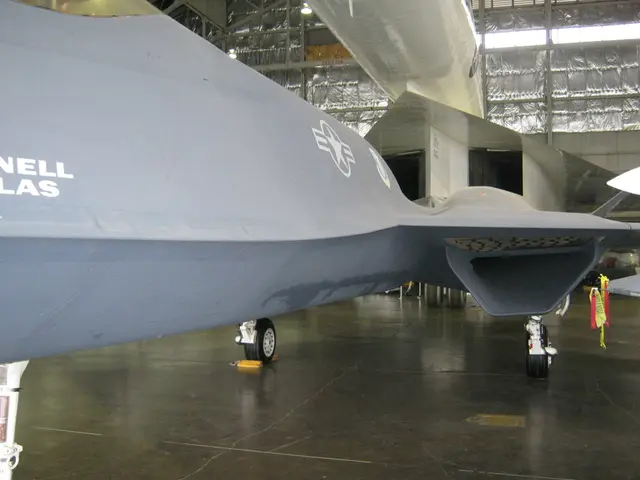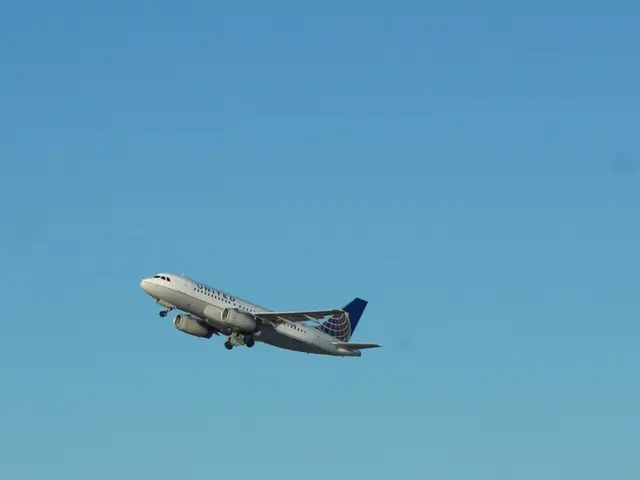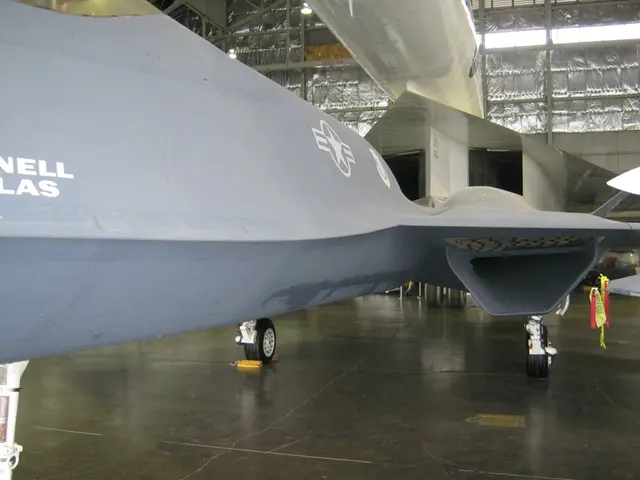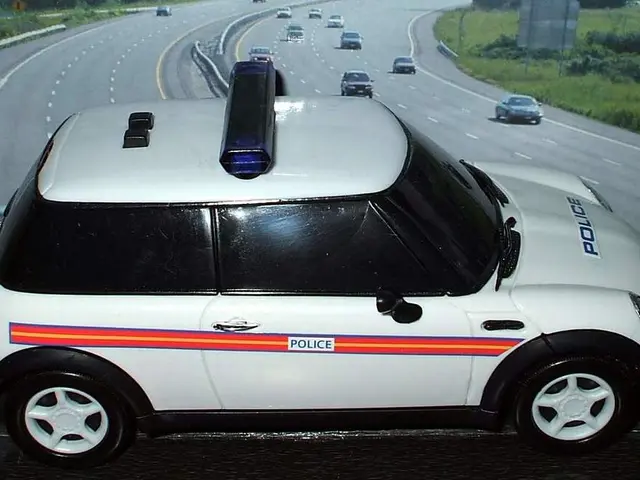Lufthansa aircraft takes to the skies autonomously for a duration of ten minutes.
Cockpit Chaos: Lufthansa Pilot Misses Landing Amid Medical Emergency
In a startling incident, a Lufthansa flight from Frankfurt to Seville faced a terrifying predicament in February 2024. The captain, in need of a bathroom break, left the cockpit, only for the co-pilot to suddenly collapse. The situation quickly spiraled out of control as the crew frantically attempted to enter the cockpit.
According to the Spanish aviation accident investigation authority CIAIAC, the co-pilot's collapse led to a medical emergency in the cockpit, causing a serious safety concern. With no other pilot to take control, the autopilot steered the aircraft for approximately ten minutes. The aircraft eventually made a successful emergency landing in Madrid, carrying 199 passengers and six crew members.
As the captain stepped away for his break, the co-pilot, who appeared fit and attentive, suffered a seizure-like attack, as recorded by the voice recorder. Several unintended actions followed, triggering alarms in the cockpit. Fortunately, the autopilot and auto-thrust remained active and kept the aircraft on course.
Desperate to regain control, the captain attempted to re-enter the cockpit multiple times. Using the required code, he made five attempts, only to be met with a locked door. A flight attendant then tried to contact the cockpit via intercom, to no avail. The captain then entered the emergency code, but just as the door was about to unlock, the co-pilot regained consciousness and opened it manually.
Upon entering the cockpit, the captain found the co-pilot sweating profusely and displaying signs of an uncontrollable seizure. The captain decided to make an emergency landing in Madrid. A doctor on board administered first aid, followed by further treatment at a hospital in Madrid.
The incident was later attributed to a neurological disease that the co-pilot had been unaware of and which had gone undetected during previous medical exams. The crew's quick and professional response to the emergency was commended by the CIAIAC.
As a result of the incident, the CIAIAC has recommended that the European Union Aviation Safety Agency (EASA) revisit the crew complement rules for the cockpit. The suggestion is to have at least two people present in the cockpit at all times, a proposal first made in the aftermath of the Germanwings Flight 9525 incident in 2015. However, the EASA's initial recommendation was revised in 2016, allowing airlines to assess their own risk situations and adjust their procedures accordingly.
Sources: ntv.de, spl
- Aircraft
- Lufthansa
- Medical Emergency
Behind the Scenes:In commercial aviation, particularly in Europe, two authorized personnel are typically required to be present in the cockpit at all times. However, exceptions exist, allowing for a single pilot to be in the cockpit during breaks, with a flight attendant entering to maintain the "two-person rule." This rule was strengthened after the Germanwings Flight 9525 incident in 2015.
The recent Lufthansa incident underscores the importance of maintaining the two-person rule, as a single pilot's absence during a medical emergency left the aircraft on autopilot for about ten minutes. This incident may reignite discussions about revising cockpit crew complement rules and emphasizing stricter medical checks to ensure pilot fitness. However, specific calls for revisions in response to this incident are not explicitly documented in the available sources.
In the United States, the two-person rule is more strictly adhered to, with airlines employing this practice to enhance cockpit security following the 9/11 attacks. The Lufthansa incident might influence European airlines and regulators to reevaluate their policies and ensure a similar level of safety in cockpit operations.
- The European Union Aviation Safety Agency (EASA) is suggested to revisit the crew complement rules in light of the Lufthansa incident, with a proposal being made to require at least two crew members in the cockpit at all times, a measure first implemented following the Germanwings Flight 9525 incident.
- The financial implications and potential ramifications for the air transport industry could be significant if stricter regulations regarding cockpit crew makeup are implemented, as suggested by the recent Lufthansa incident, potentially impacting the aviation sector's efficiency and cost structure.








